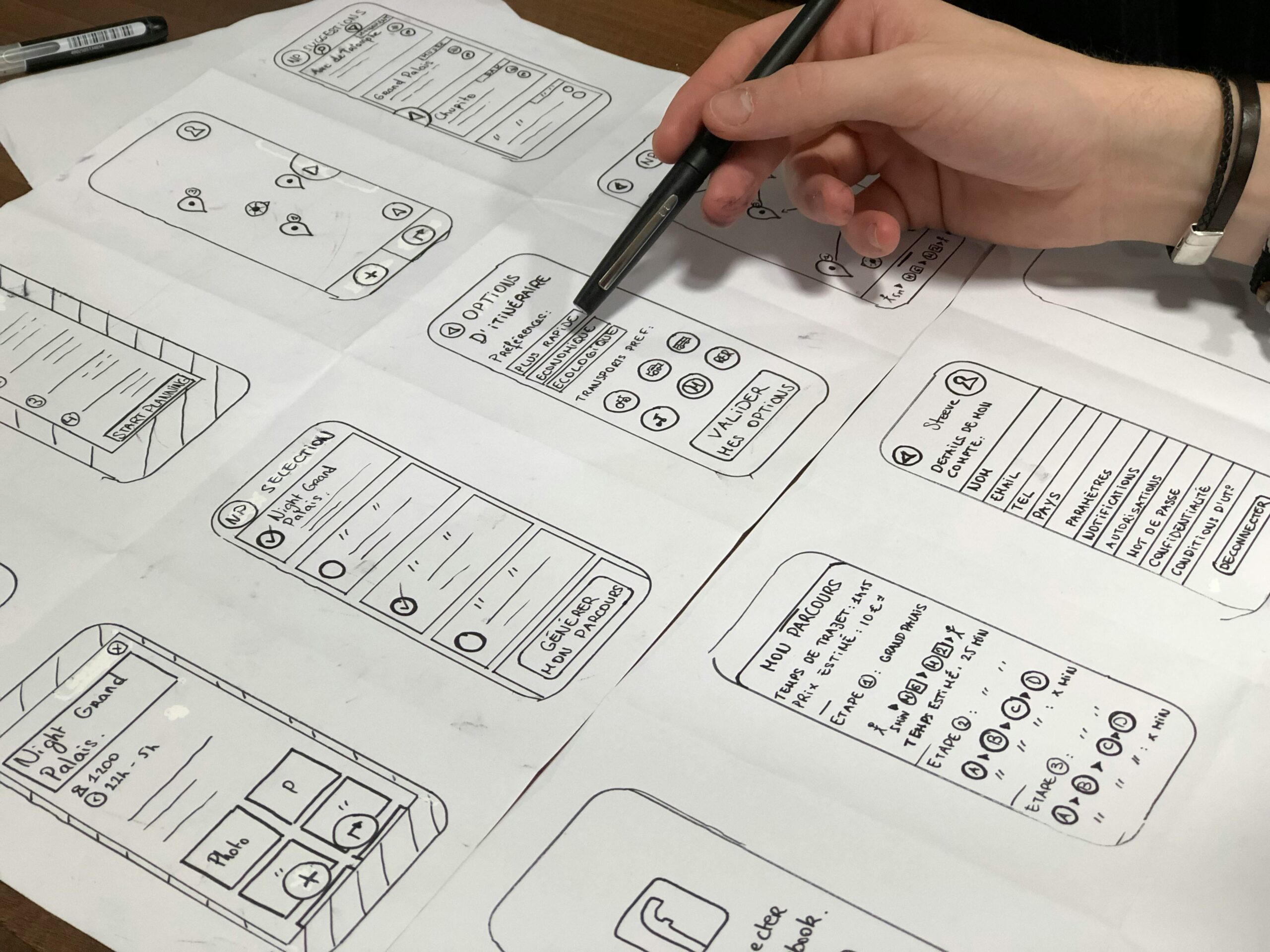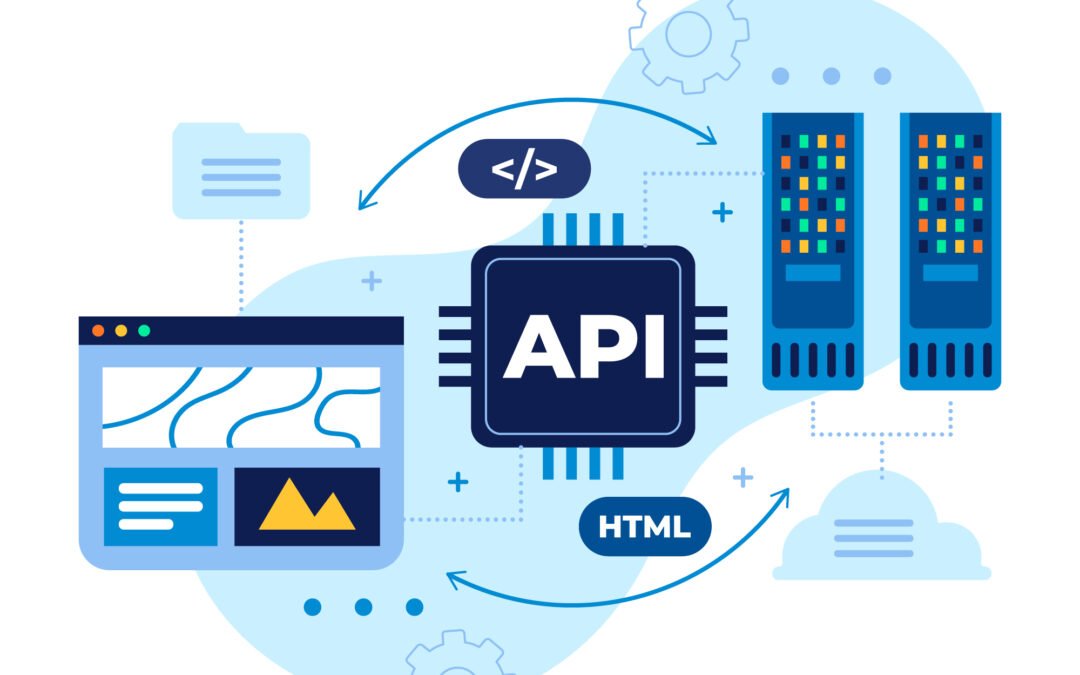
Ideas, Learning, Scripting, Technology, Web Design, Web Development |
Introduction
When it comes to building successful products and websites, user experience (UX) design plays a crucial role. UX design is more than just making things look visually appealing; it focuses on creating a seamless and intuitive experience for users. In this article, we will delve into the importance of UX design as a fundamental step in every project, and how it can significantly impact the success and usability of a product.
The Role of UX Design
UX design involves understanding the needs and expectations of users and designing a product that meets those requirements effectively. It encompasses various aspects such as user research, information architecture, interaction design, and visual design. The primary goal of UX design is to enhance user satisfaction by providing a positive and intuitive experience.
By incorporating UX design into a project, businesses can achieve several key benefits:
1. Improved User Satisfaction
UX design focuses on creating user-centric solutions by understanding user behavior, preferences, and pain points. By conducting thorough user research and usability testing, designers can identify and address potential issues early on in the development process. This leads to a more satisfying user experience and increases the likelihood of user engagement and retention.
2. Increased Conversion Rates
A well-designed user experience can significantly impact conversion rates. By optimizing the user journey and reducing friction points, UX design can guide users towards their desired actions, such as making a purchase or signing up for a service. A seamless and intuitive user experience can boost conversions and ultimately drive business growth.
3. Enhanced Brand Perception
UX design is closely tied to brand perception. A poorly designed and frustrating user experience can leave a negative impression on users, damaging the reputation of a brand. On the other hand, a well-designed and user-friendly experience can enhance brand perception, instilling trust and credibility in users.
4. Cost and Time Savings
Integrating UX design early in the project lifecycle can save both time and resources. By identifying and addressing usability issues early on, businesses can avoid costly redesigns and rework later in the development process. This proactive approach helps streamline the overall project timeline and ensures a more efficient and effective product development process.
The UX Design Process
The UX design process typically involves the following key steps:
1. User Research
Understanding the target audience is crucial for designing a successful user experience. User research involves gathering insights about user behaviors, needs, and motivations through methods such as surveys, interviews, and user testing. This data forms the foundation for creating user personas and identifying user pain points.
2. Information Architecture
Information architecture focuses on organizing and structuring content in a way that is logical and intuitive for users. This step involves creating sitemaps, wireframes, and user flows to define the overall structure and navigation of the product.
3. Interaction Design
Interaction design is concerned with defining how users interact with the product. It involves designing user interfaces, creating interactive prototypes, and ensuring that the product’s functionality aligns with user expectations.
4. Visual Design
Visual design focuses on creating visually appealing and aesthetically pleasing interfaces. It involves selecting colors, typography, and visual elements that align with the brand identity and enhance the overall user experience.
5. Usability Testing
Usability testing is a crucial step in the UX design process. It involves observing users as they interact with the product and gathering feedback on its usability. This feedback helps identify areas for improvement and ensures that the final product meets user expectations.
Conclusion
UX design is an essential step in every project, regardless of the industry or product. By prioritizing user satisfaction, businesses can create products that not only meet user needs but also drive business growth. Incorporating UX design into the project lifecycle can lead to improved user satisfaction, increased conversion rates, enhanced brand perception, and cost and time savings. By following a structured UX design process, businesses can create products that not only look great but also provide a seamless and intuitive user experience.
Remember, UX design is not a one-time step, but an ongoing process. Regularly gathering user feedback and making iterative improvements based on user needs and expectations is key to creating exceptional user experiences.

Basics, Foundation, Learning, programing, REST API
Introduction: In modern web development, Application Programming Interfaces (APIs) have become essential for enabling seamless communication between different software systems. Representational State Transfer (REST) API, in particular, has emerged as a widely adopted architectural style for designing and implementing web services. This article aims to shed light on the fundamentals of REST API, its benefits, and its significance in today’s digital landscape.
Understanding REST API: REST API is an architectural style defining constraints for building networked systems. It is based on the principles of simplicity, scalability, and interoperability. REST leverages the existing infrastructure of the World Wide Web and uses a stateless, client-server communication model.
Critical Principles of REST API:
- Stateless Communication: Each request from a client to a server is independent and self-contained, containing all the necessary information to process the request. The server does not maintain any client-specific context between requests.
- Uniform Interface: REST API employs a standardized set of operations, such as HTTP methods (GET, POST, PUT, DELETE), to perform actions on resources. It also uses standard data formats for data exchange, like JSON or XML.
- Resource-Based: REST API treats every system component as a resource, identified by a unique Uniform Resource Identifier (URI). These resources can be accessed and manipulated using standard HTTP verbs.
- Hypermedia as the Engine of Application State (HATEOAS): REST API includes hyperlinks in the responses, enabling clients to dynamically navigate and discover available resources.
Benefits of REST API:
- Simplified Integration: REST API provides a straightforward and intuitive way to integrate different applications, platforms, and services. Its reliance on widely supported standards, such as HTTP and JSON, makes it accessible to developers across various programming languages.
- Scalability and Performance: REST’s stateless nature and utilization of the HTTP protocol’s caching capabilities contribute to improved scalability and performance. It allows for easy scaling of server resources and reduces the overhead associated with maintaining client session information.
- Platform Independence: REST API is platform-independent, meaning it can be consumed by any device or application that can request HTTP. This flexibility is crucial in today’s multi-device, multi-channel digital landscape.
- Encourages Loose Coupling: REST API promotes loose coupling between client and server components. Separating concerns allows both sides to evolve independently, enhancing system flexibility and maintainability.
- Wide Industry Adoption: REST API has gained significant popularity due to its simplicity, making it the de facto standard for building web services. Its extensive use in major cloud platforms and numerous open-source frameworks further solidifies its importance.
Conclusion: REST API has revolutionized how applications communicate, providing a powerful and flexible approach for integrating systems in a standardized manner. With its emphasis on simplicity, scalability, and platform independence, REST has become the go-to choice for developers and organizations seeking efficient and reliable interconnectivity. Understanding the principles and benefits of REST API opens up a world of possibilities for creating interconnected digital ecosystems and driving innovation in the rapidly evolving technology landscape.

Basics, Foundation, Learning, Personal Blog
My father used to say that word. As a matter of fact is, I do not even know what rendering was unless I started learning Photoshop. But precisely what is “Rendering”? If you go to Google and check, you will get various answers.
You cannot explain this word until you face the real problem in your life. It is not about money or fame. It is all about the situation of how you face it and tries to cope with it, or you can say try to adjust yourself to it. But what next? Will it build you up? Well, you can say that because it is true. The more you face problems, the more you will get to know something new in your life.
Some people say that you must fail at some point. Cause if you do not lose, you will never learn the lesson. Well, this is entirely consistent. I have seen a lot of success stories these days. They always discuss their struggles and achievements in public. But literally, no one is there who talked about their failures. Because when you come to the limelight, you will shine. But your failure will not be highlighted because it is like string theory. The never-ending research works. No one knows the correct answer.
Think backward; if you learn something new or are willing to learn something new, the failure ratio will be less. Because you will get the basics, you will try if you fail, then you will change the method, and after that, you will apply.
I have seen many people in my life well-educated, but in a practical scenario, they cannot solve a simple equation because of their fragile foundations.
It all depends on your willingness. Do whatever you want to and listen to your parents. You will see indeed pressurized, but still, at some point, you will get something. But whatever you do, always learn the basics first. It is crucial. Without basics, your entire foundation will be fragile.



